I have two SpatialPolygonsDataFrame files: dat1, dat2
extent(dat1)
class : Extent
xmin : -180
xmax : 180
ymin : -90
ymax : 90
extent(dat2)
class : Extent
xmin : -120.0014
xmax : -109.9997
ymin : 48.99944
ymax : 60
I want to crop the file dat1 using the extent of dat2. I don't know how to do it. I just handle raster files using "crop" function before.
When I use this function for my current data, the following error occurs:
> r1 <- crop(BiomassCarbon.shp,alberta.shp)
Error in function (classes, fdef, mtable) :
unable to find an inherited method for function ‘crop’ for signature"SpatialPolygonsDataFrame"’

